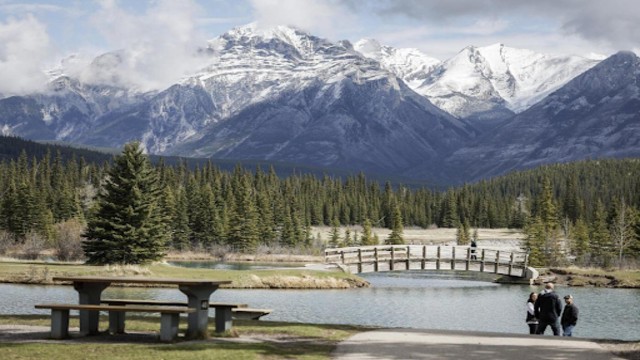
Researchers have confirmed that the oldest surviving tombstone in the United States, dating back to the 17th century and found in Jamestown, is made of black limestone sourced from Belgium. CNN
The oldest surviving tombstone in the United States has a fascinating history, showcasing both the wealth of its owner and the early colonial life in America. This striking black limestone slab, known as the “Knight’s Tombstone,” was originally laid in the floor of the second church of Jamestown, Virginia, the first permanent British settlement in North America, back in 1627.
The tombstone gained its nickname from the elaborate carvings of a knight and a shield that adorn its surface. For years, its origins remained a mystery, but recent research has shed light on its background and the significant figure it likely commemorates. The tombstone is thought to belong to Sir George Yeardley, an important colonial governor and one of the early slaveholders in America, who was knighted in 1618.
Researchers have recently conducted an analysis of microfossils—tiny fossils preserved within the limestone—to trace the tombstone’s origins. These microfossils, only a few centimetres in size, were found to come from Europe, particularly from regions that include modern-day Belgium and Ireland. A study published in the International Journal of Historical Archaeology on September 4 confirmed that the limestone likely started its journey at a Belgian tombstone export business during the early 17th century.
Marcus Key, a geoscientist and lead author of the study, pointed out the significance of the transportation involved. He explained that while the stone itself is heavy, the real cost came from moving it across the ocean. This hints at the affluence of the person who commissioned such a remarkable memorial. "To me, that was surprising, that there was somebody that was affluent enough to want to exhibit their wealth and memorialize themselves with such an expensive proposition,” Key said.
The journey of the tombstone likely took about a year, with the stone travelling from Belgium to London for carving, and then across the Atlantic to Jamestown. Given Yeardley's prominent status as the colony's governor, his death would have warranted an elaborate burial, leading to the creation of this unique tombstone that has withstood the test of time.
The limestone contained tiny fossils, roughly the size of a thumbnail, which were identified as ancient foraminiferans that are only found in present-day Europe. CNN
The discovery of this tombstone also reflects Jamestown’s role in global trade during the colonial period. In the early 1600s, the colonists lacked access to suitable stone for creating elaborate grave markers, so such tombstones were imported from England and beyond. According to Mary Anna Hartley, an archeologist involved with Jamestown Rediscovered, acquiring such a stone would have been a costly endeavour, accessible only to the wealthy.
The tombstone, measuring nearly six feet long and three feet wide, was discovered in 1901 during renovations of a later church built over the original. Although no remains were found beneath it, a 2018 excavation in the area revealed skeletal remains believed to belong to Yeardley. Researchers are currently conducting DNA analyses on these remains to confirm this theory.
The tombstone represents more than just a burial marker; it tells a story of the early American experience, including the relationships between English colonists and other cultures present at that time. It highlights how social status played a significant role in life and death during the colonial era, as few could afford such a grand memorial.
Jamestown remains an essential site for understanding America’s roots, illustrating the diverse lives of its early inhabitants, including Europeans, Indigenous Peoples, and enslaved Africans. As research continues, the tombstone’s legacy will undoubtedly provide further insights into the complex tapestry of early American history.















